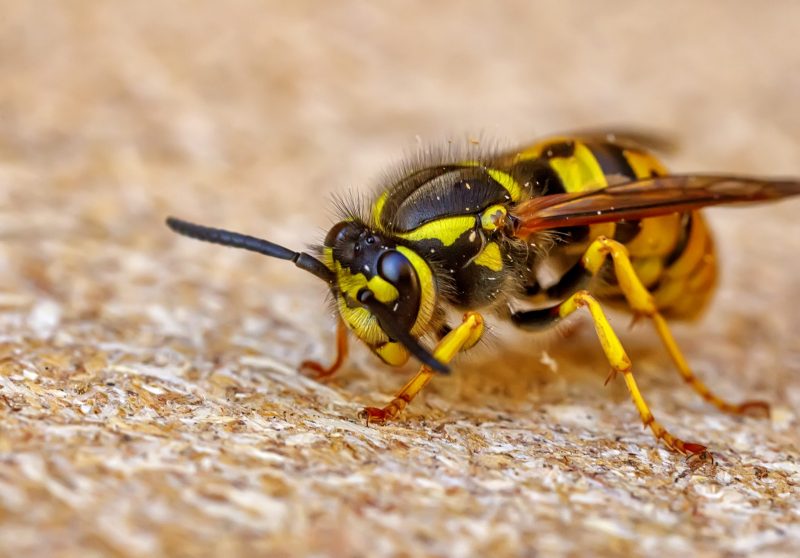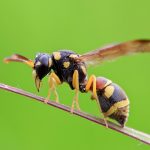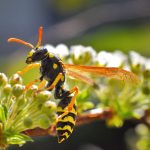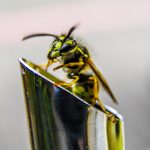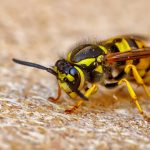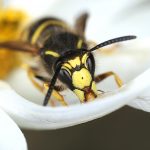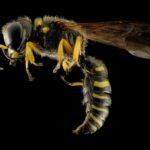Most people associate wasps with loud creatures whose stings are extremely painful. Wasps sting similarly to bees, however unlike bees, they can strike you repeatedly.
Because they don’t make honey like bees, it’s tempting to conclude that these insects just exist to cause damage to shrubs and trees. Wasps, on the other hand, serve a vital function in the ecosystem of our world.
So, if you like insects, stick around to read about the life cycle of wasps. We’ll give you everything about wasp’s lifespan in this article. This will include information on how long wasps live and the average wasp life cycle.
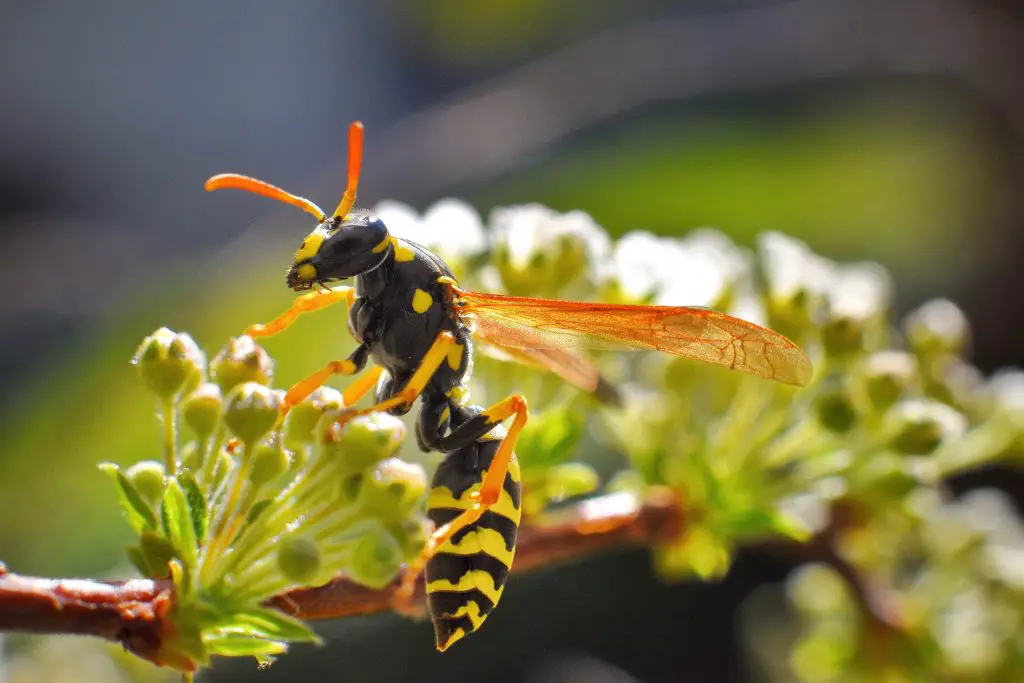
The Rundown on Wasps:
Wasps are parasitic insects that feed on other insects. They can be found in large numbers all across the world, including Asia, Africa, the United States, Europe, and even extremely dense woods and grasslands. Antarctica is the only area you won’t find them. Wasps have been discovered in 30,000 different species all over the planet.
As such a widespread species, it’s only natural that they have a significant impact on the planet’s environment — and they do! Wasps are vital for a variety of reasons. Wasps are predatory insects. They seek and eat a variety of insects that cause agricultural damage. They’ll eat grasshoppers, aphids, flies, and juice from flowers and honeycombs as omnivores.
This predation helps maintain a balanced and diverse environment by reducing the number of insects that harm plants. Some wasps even eat other wasps, which helps them control their number.
How Long Do Wasps Live?
A wasp’s lifespan varies between 12 and 22 days. The lifespan of a wasp, on the other hand, varies substantially depending on the species. Worker wasps, for example, can live for 12-22 days, but the queen can live for almost a year.
In research reported in the Scientific Report, researchers discovered that a strepsipteran parasite-infected Polistes dominula paper wasps lived longer.
As the parasite strives to complete its life cycle, two-thirds of wasp workers’ parasitic diseases caused by an X.
Vespa rum female recovered and self-pollinating like future queens. Let’s take a look at the ordinary wasp’s life cycle to get a better understanding of how it works.
The Average Wasp Life Cycle:
The wasp passes through the same stages of its life cycle as most other insects. Wasps go through four stages throughout their lives.
A queen wasp establishes each wasp colony. The queen returns to hibernation throughout the winter. The life cycle of the nest begins when the queen emerges from hibernation.
When the queen has located a suitable location for her nest, she begins to lay eggs. The queen fertilizes the eggs produced in this nest one by one with the sperm she collected before going into hibernation. They have an average litter size of 400 eggs.
Larva:
The eggs hatch into larvae after 5 to 8 days. The queen collects pleasant items, such as nectar, and catches other insects for sources of protein to feed the larvae. Each larva produces a silken cover over the cell and pupates after about 15 days.
Pupa:
The wasp begins to develop into a mature wasp as it pupates. The pupa’s hue starts white and gradually changes to darker colors that mimic those of an adult. The pupa will tear through its cell cap and emerge once it has completed its change.
Adult Wasps:
An adult wasp emerges after the pupa step is finished. These wasps will take over all the nest-building process as the queen continues to lay eggs. They will also look for food to feed the colony’s growing population.
How Long Can Wasps Survive Without Food during Different Stages of their Life Cycle?
Wasps’ lifespan without food varies depending on their life cycle stages. While adult wasps can survive for several weeks without food, larvae and pupae rely on the food brought by adult wasps for their nourishment. Adult wasps primarily feed on nectar, insects, and fruits. Without food, the developmental stages of larvae and pupae may be disrupted, ultimately affecting the overall lifespan of the colony.
Major Threats To The Longevity of a Wasp’s Life:
Wasps, as vicious predators, are frightening to many people, including humans. Natural predators, on the other hand, pose a hazard to them. The longevity of wasps is frequently endangered by natural predators.
Wasps are eaten by a variety of creatures, including dragonflies, spiders, praying mantes, and centipedes. Wasps are eaten by a variety of birds, including mockingbirds, nighthawks sparrows, and starlings, as well as lizards and snakes like lizards and geckos, and mammals including badgers, mice, weasels, and black bears.
Wasps are not top predators, despite being hunters themselves. They are frequently attacked by a range of dangers, including plants. Saracen, a type of pitcher plant, has been seen to occasionally swallow Asian hornets.

